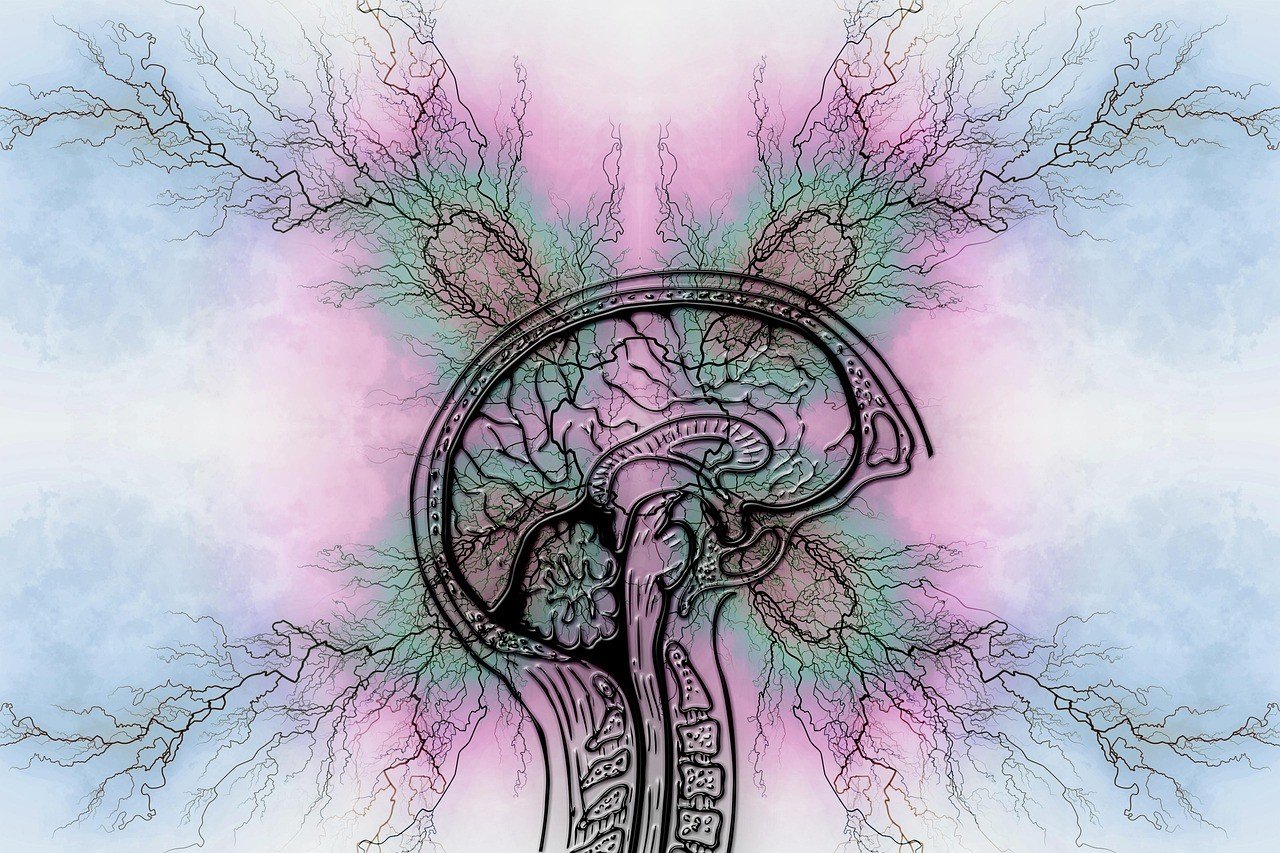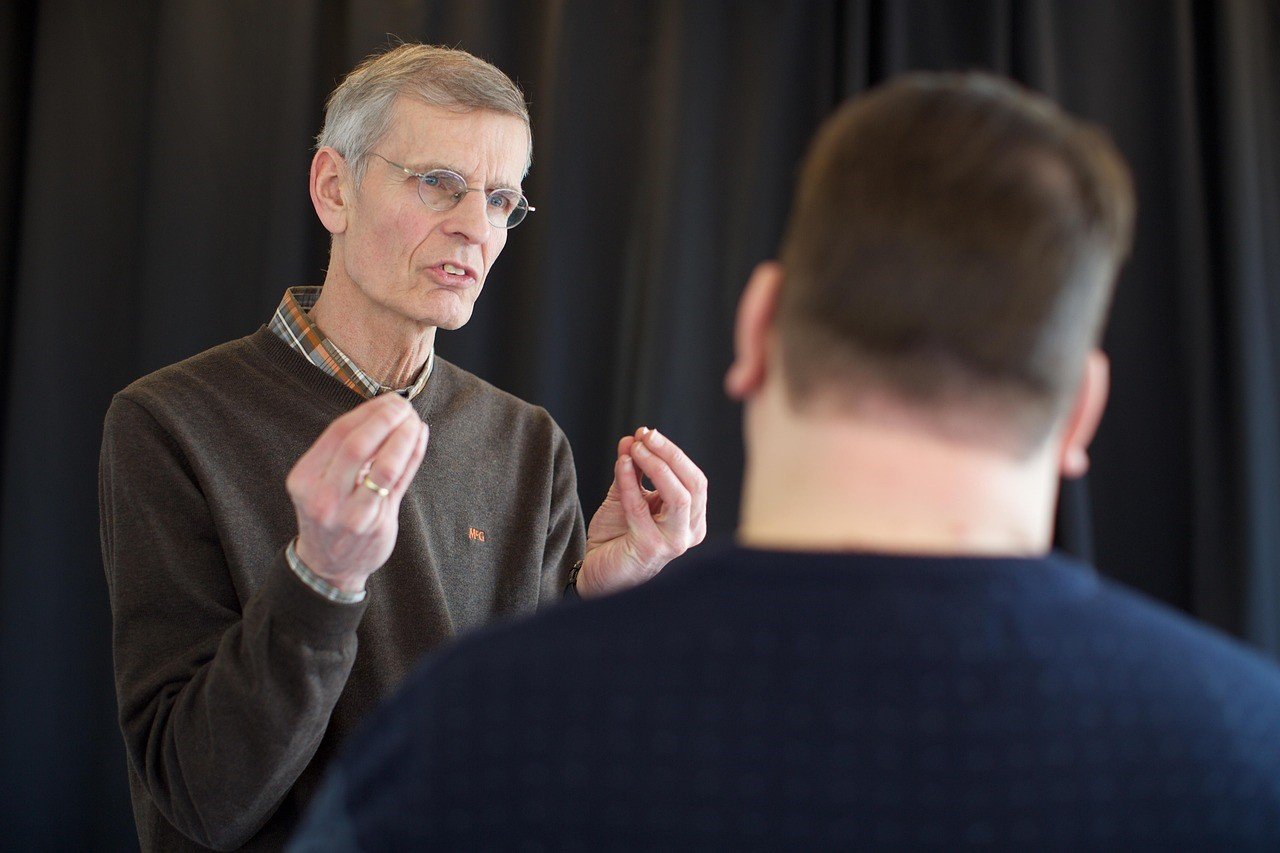What is the 30% Rule in ADHD?
Understanding the Executive Delay – and How to Grow Beyond It
Introduction: The Missing Piece of the Puzzle
You’ve put in the effort and put in the hours. Every productivity book is read, and every planner app is downloaded. But deadlines are missed, appointments are forgotten, and you are perpetually lagging behind others in the race.
You are not negligent, nor are you irresponsible.
One transformative concept in ADHD research that offers a hypothesis to what you are experiencing is The 30% Rule.
In a single session of Heal-Thrive, one of our adult clients poses the same query, “Why can’t I function like everyone else my age?” And in this case, The 30% Rule provides a solution along with answers.
What is the 30% Rule in ADHD?
The 30% Rule in ADHD, proposed by one of the leading ADHD authorities Dr. Russell Barkley, states that people with ADHD tend to lag behind their neurotypical counterparts in developmental milestones pertaining to executive functioning by approximately 30 percent.
What Does This Mean?
- Imagine you turn 30 this year, then skills associated with executive functioning (impulse control, planning, emotional regulation, and governance of time) would suggest your level of functioning with respect to age would be 21.
- This gap does not relate to how intelligent someone is, rather it has to do with self-regulation and cognitive maturity.
How Does This Impact Daily Life?
- Time Management & Organization – Struggling with deadlines, procrastination, or keeping track of tasks.
- Emotional Regulation – More intense emotional reactions and difficulty calming down.
- Impulse Control – Acting without thinking, interrupting others, or making impulsive decisions.
- Planning & Prioritization – Difficulty breaking down long-term goals into manageable steps.
- Independence Challenges – Needing more support in adulthood (college, work, parenting) than peers of the same age.
Why Is This Important?
– Helps explain why ADHDers may feel “behind” in responsibilities despite being capable.
– Encourages self-compassion & realistic expectations (e.g., a 20-year-old with ADHD may need structure like a 14-year-old).
– Highlights the need for external supports (reminders, routines, therapy, or coaching) to bridge the gap.
Why This Rule Changes Everything

The 30% Rule may shift our understanding of ADHD in ourselves and the people we support profoundly. This rule goes beyond lacking willpower, discipline, or motivation, framing the issue instead as a measurable difference in dysregulated neurodevelopment that can be understood and compassionately supported.
The 30% Rule implores us to change the language used with athletes who perform under expectations: instead of saying “try harder”, it suggests “let’s train differently.” It repurposes the narrative from blame and shame to strategy and aid. If, for example, an adult with ADHD shows executive functioning skills equivalent to a neurotypical 16-year-old, then their expectations, communication, and coaching strategies need to be tailored to align with the adaptive functioning level. This isn’t lowering the bar; it’s meeting someone where they developmentally are and guiding them toward their goals with effective tools.
As we explained in our article, “Therapy or ADHD Coaching: What Works Best?”, understanding the brain’s unique developmental path helps us tailor our interventions. Therapy plays a crucial role in helping individuals process the emotional impact of growing up misunderstood, feeling behind, or constantly being told they’re not living up to their potential. Coaching, on the other hand, offers practical tools to strengthen the executive function skills like planning, time management, and emotional regulation that are often lagging behind due to that 30% delay.
When you look at ADHD through this lens, the value of coaching becomes crystal clear. Coaching is not about forcing yourself to function like everyone else. It’s about discovering how your ADHD brain actually works and then aligning your daily strategies, routines, and goals with that reality.
“Coaching is not about pushing past your ADHD it’s about aligning with how your brain truly works.”
— Heal-Thrive Coaching Framework
This empowering shift is why so many of our clients at Heal-Thrive begin to feel hope again. For the first time, they see a path forward that doesn’t involve constant struggle or self-blame but instead builds on strengths, honors neurodiversity, and creates space for real progress.
What the 30% Delay Looks Like in Real Life
Let’s break this down with examples:
Age | Typical Development | ADHD Development (–30%) |
18 | Pre-college independence | Emotional regulation like 13 |
25 | Career & financial planning | Task initiation like 17.5 |
35 | Family + career balance | Time management like 24.5 |
You might be saying:
“That makes so much sense. I’ve always felt younger inside not immature, just… behind.”
Exactly. And there’s nothing wrong with you. You just haven’t been given the neurodivergent strategies that respect your brain’s timeline.
ADHD Coaching: A Bridge Between Chronological Age and Brain Development

At Heal-Thrive, we see the 30% Rule not as a limitation but as a coaching opportunity.
In our guide “Top 10 ADHD Coaching Strategies to Improve Focus and Productivity“, we emphasized:
“You don’t need to fix your brain. You need to train with it.”
Let’s look at how coaching can help close the gap:
1. Executive Function Coaching
At the heart of ADHD coaching lies the science of executive function development the very skills most impacted by the 30% Rule. These include task initiation (starting without delay), prioritization (knowing what matters most), and working memory (holding onto steps and instructions).
In our coaching sessions, we don’t just talk about these skills we train them. Through daily routines, structured accountability, and micro-strategies tailored to your unique pace and lifestyle, we guide clients in gradually building the habits and systems their brains need to thrive. This process respects your developmental timeline while gently stretching your capacity with each win.
2. Emotional Regulation Tools
If your executive brain is 30% behind, chances are your emotional brain feels overwhelmed often misunderstood, reactive, or exhausted. For many adults with ADHD, this shows up in the form of emotional dysregulation during conflict, criticism, or even daily stressors.
In our coaching model, emotional growth is just as important as productivity. That’s why we integrate tools like guided self-check-ins, reflective journaling prompts, and somatic grounding techniques to help regulate the nervous system. Over time, you’ll build not just focus, but emotional resilience the ability to pause, reset, and respond from a calm, centered place.
3. Time Awareness & Planning
One of the most common and most frustrating challenges for individuals with ADHD is the perception of time. As Dr. Russell Barkley explains, people with ADHD often experience time in extremes: either “now” or “not now.” That’s why traditional planners or productivity apps often fall flat.
In our coaching work, we replace vague goals with visual systems that bring time to life: color-coded calendars, analog timers, transition cues, and reward-based motivators. Our goal is to help you feel in control of your schedule, not buried by it. Time becomes something you can see, plan around, and use intentionally not just something that slips away.
4. Values-Based Structure
ADHD doesn’t respond well to generic structure or external pressure. It responds to meaningful structure systems that are built around what truly matters to you.
That’s why, in the Heal-Thrive coaching philosophy, we start by identifying your core values. Whether it’s creativity, family, impact, autonomy, or growth we design your goals and routines to reflect those inner drivers. When your schedule aligns with your values, motivation becomes internal, sustainable, and deeply empowering. It’s not about forcing yourself to stay on task it’s about doing what matters, in a way that works for you.
Jason’s Story: The Moment It Clicked

Jason, a 36-year-old filmmaker from San Diego, came to coaching feeling exhausted and ashamed. He remembered how much of a struggle it was dealing with edits, giving client calls, and managing his personal life. Relationships were getting ruined in the process. “I feel like a sixteen year old trapped in and adult body,” he confessed.
Later on during his sessions, we introduced the 30% Rule.
Compassionately, Jason reframed the self-inflicted executive wounds and began overcoming shame. From there he was able to create sustainable frameworks.
With tools like:
- Body-doubling during editing sessions
- Pomodoro pacing with fun breaks
- Accountability check-ins with his coach
He started to attend , well, everywhere. Trust was rebuilt in relationships and even had the motivation to start a YouTube channel mentoring other creatives with ADHD.
“I realized I wasn’t immature. I was just uncoached. Everything changed when I got support.”
— Jason (Heal-Thrive Client)
Your Next Step: Grow At Your Brain’s Pace
The 30% Rule is not a diagnosis it’s a framework for self-acceptance and strategic action.
If you’re ready to stop judging yourself by neurotypical standards and start working with your unique brain:
- Schedule your free ADHD Coaching consultation here
- Take our ADHD Self-Coaching Quiz
- Download our 7-Day ADHD Focus Toolkit
Final Word: Behind Doesn’t Mean Broken
What if you’re not behind at all?
What if your brain is where it needs to be and what’s missing is the right kind of support?
With the right support, you aren’t less than. You’re just a little delayed and catching up is always possible.
“With us, you are not ‘normalized’ at Heal-Thrive. You are optimized as you are.”
— Your ADHD Coaching Team
- Need Personalized ADHD Support?
- Book a 20-minute clarity call with our certified ADHD coaches
- hello@heal-thrive.com
- Heal-Thrive.com
Let’s close the gap together.
